7 Forgotten Concept Cars That Were Ahead of Their Time
Concept cars once hinted at where the industry might go, yet many slipped from the spotlight as the years passed. Some introduced features that felt strange at the time but look familiar today. This list brings back a few forgotten models that pushed past the trends of their era while sparking ideas long before drivers were ready for them.
This post may contain affiliate links, which helps keep this content free. Please read our disclosure for more info.
GM Firebird III
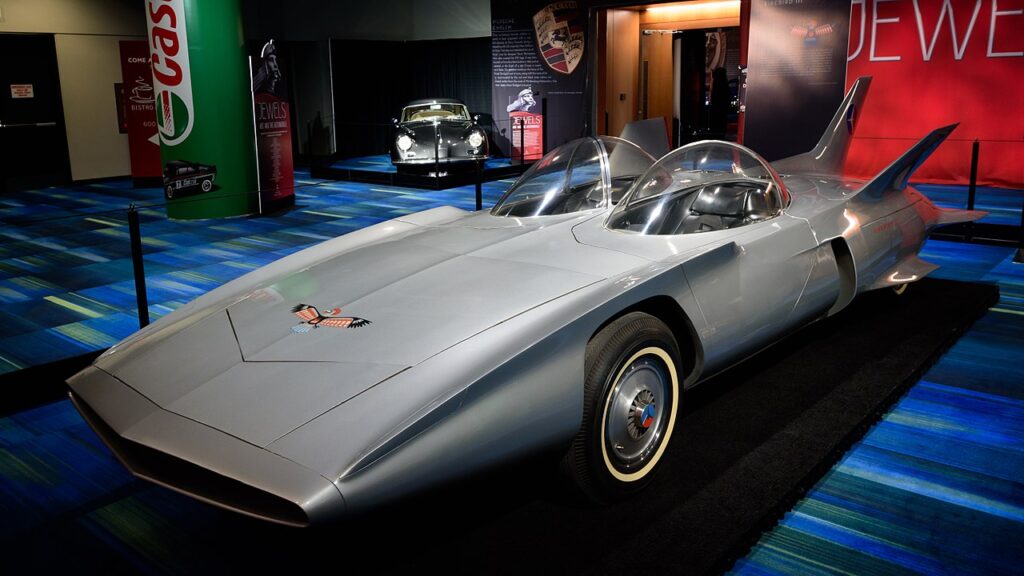
The GM Firebird III looked like something from a science fiction film with its tapered wings, tall fins, and jet inspired cockpit. It ran on a gas turbine engine that gave it a very unusual sound on the test track. Engineers placed an early form of automated steering inside the cabin, which made the car feel far ahead of its era.
Families touring GM’s Motorama shows were stunned by its complex controls and dramatic stance. It introduced features that felt strange at the time, such as a single joystick in place of a steering wheel. While the design never reached production, its ideas shaped several concept cars that followed.
Alfa Romeo Carabo
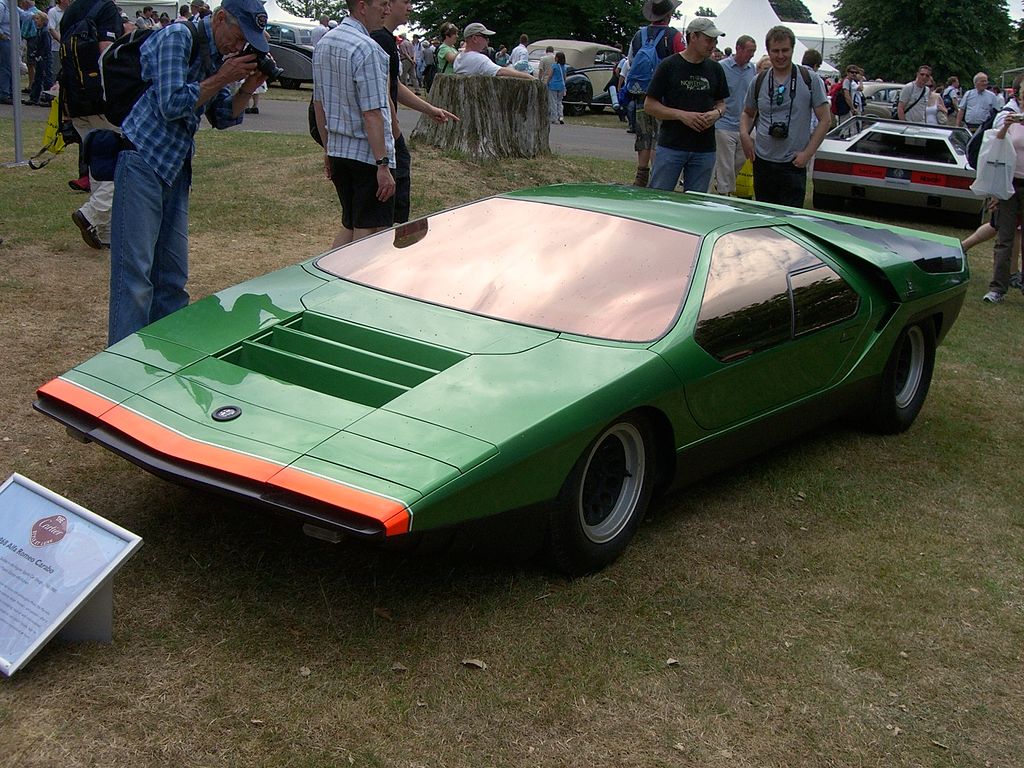
The Alfa Romeo Carabo turned heads with its vivid green finish and wedge shaped body. Its scissor doors, which lifted upward instead of swinging out, became a hallmark of high performance cars much later. The design focused on airflow, creating a look that stayed fresh long after the concept disappeared from shows.
Car lovers still point to the Carabo as one of the earliest wedges that broke from traditional curves. Designers used the model to test sharp angles and crisp lines, and many of those choices influenced later supercars. Its impact can still be traced in modern showrooms.
Lancia Stratos Zero
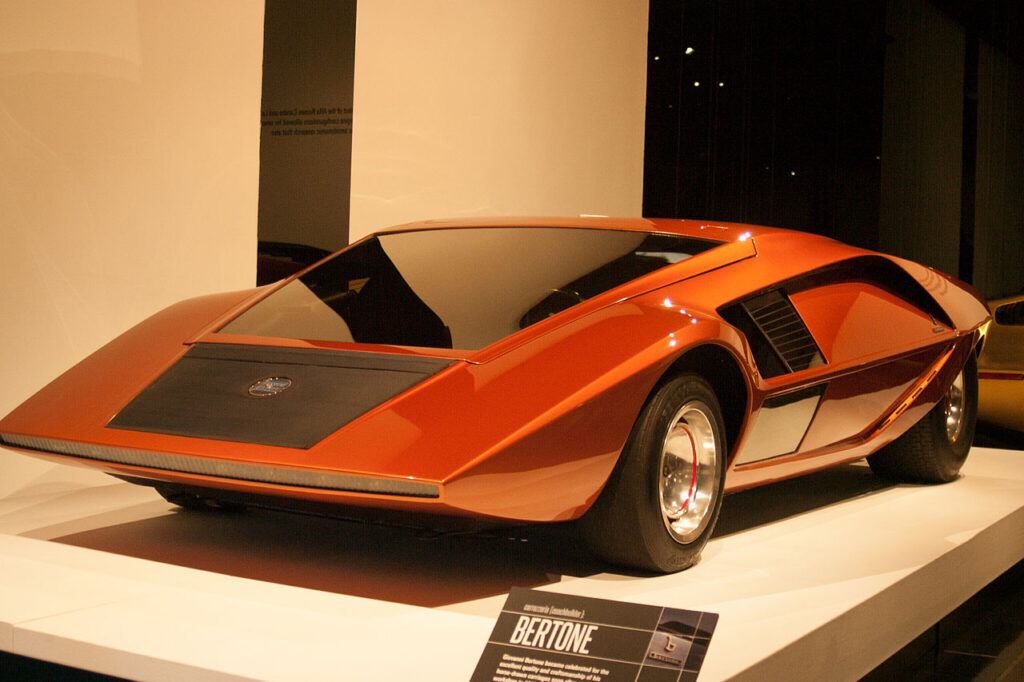
The Lancia Stratos Zero sat unbelievably low to the ground, giving it an almost spacecraft like profile. Drivers entered through the front windshield, which amazed anyone seeing it for the first time. Its tiny footprint and dramatic stance made it one of the most daring concepts of the early seventies.
Many fans consider the Stratos Zero the spark that led to the road ready Lancia Stratos that followed. The concept pushed designers to rethink how far they could shrink a performance body. Even today, its sharp silhouette stands out among vintage prototypes.
AMC Amitron

The AMC Amitron focused on electric power long before the idea gained real traction. Its small size and clean shape suggested a practical city car decades ahead of its moment. Engineers gave it lightweight materials to help extend driving range during test sessions.
Visitors who saw the Amitron could hardly picture an electric model on their streets. Yet the car quietly predicted the rise of battery powered travel. Though the Amitron never reached dealerships, its spirit appears in compact electric cars seen today.
Mercedes Benz C111
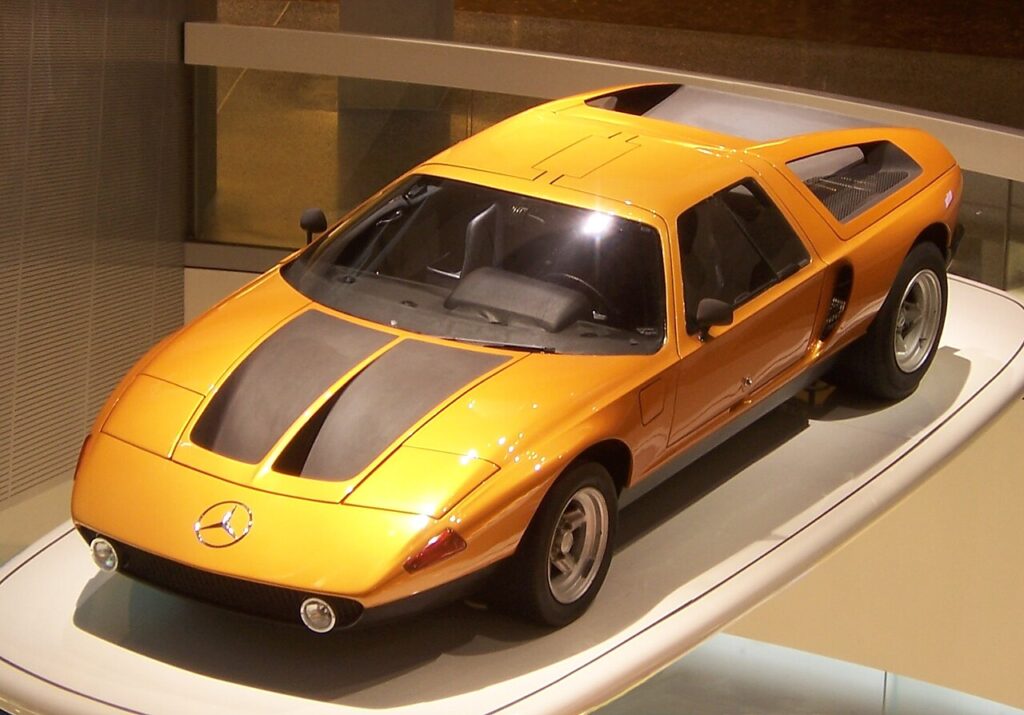
The Mercedes Benz C111 introduced dramatic gullwing doors paired with a sleek orange body that drew crowds at every show. Early versions experimented with rotary engines, while later versions shifted to high performance diesel units. Each variant helped the company test new mechanical ideas under real driving stress.
Fans remember the C111 for its impressive speed records and smooth aerodynamic shape. The car felt like a laboratory on wheels, giving engineers freedom to try risky ideas. Even though it stayed a prototype, it shaped future research projects at the company.
Chevrolet AeroVette
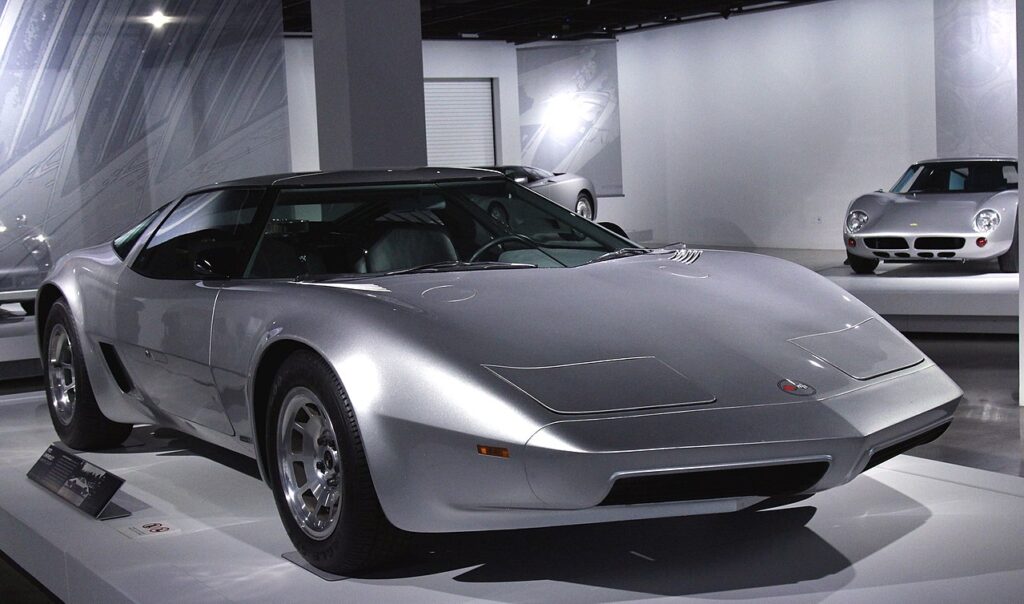
The Chevrolet AeroVette blended sharp angles with flowing lines, producing a dramatic shape that fans never forgot. It started as an experimental project but soon gained attention from high level designers within the company. The car aimed for improved aerodynamics through an elegant long nose and compact cabin.
The AeroVette was later revived as a possible production model, yet it never made it past showrooms. Nostalgia for its design remains strong among concept enthusiasts. Many still consider it one of Chevrolet’s most graceful prototypes.
Chrysler Turbine Car Prototype
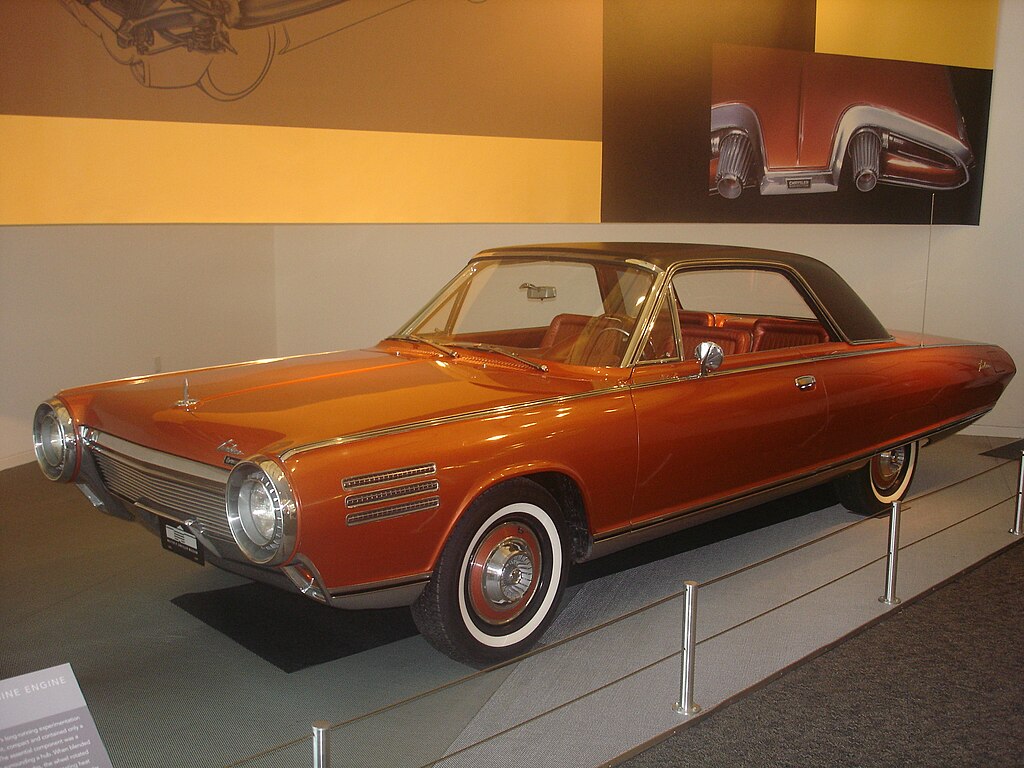
The Chrysler Turbine Car Prototype used a turbine engine that ran on a wide mix of fuels, from gasoline to kerosene. Its smooth body and elegant roofline made it stand out from typical showroom cars. Engineers hoped the turbine system would create fewer mechanical parts to maintain over time.
A small group of families actually tested the car through a public driving program. Many enjoyed its soft exhaust note and near vibration free ride. The project ended early, but the Turbine Car remains a fascinating piece of American automotive history.
This article originally appeared on Avocadu.
